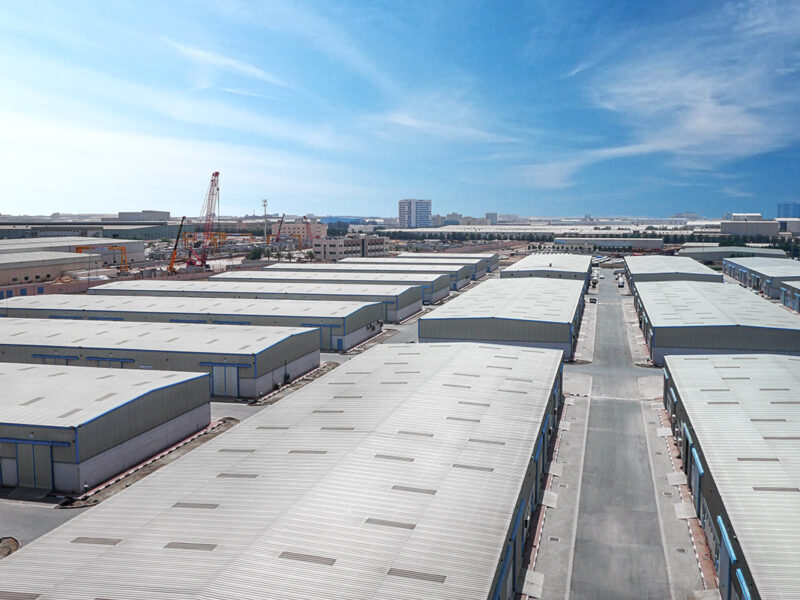Oman’s real GDP growth will accelerate over 2018 and 2019 on the back of rising oil and gas exports, which will have a positive effect on domestic demand, according to a new report from BMI Research.
In its report, BMI forecasts that real GDP growth will reach 3.2 percent in 2018 and 3.6 percent in 2019, up from an estimated 0.6 percent in 2017.
“From 2020 onwards, we are more bearish on oil and gas output, and as such, expect real GDP to moderate,” the report noted. “We nevertheless highlight upside risks to this view from possible new oil and gas discoveries in the country.”
In 2018, BMI predicts that recently initiated production at the Khazzan tight gas field will offer a significant boost to gas output, which will drive overall hydrocarbon sector growth. Oil output, BMI added, is set to rise in 2019 following the likely end of OPEC-stipulated oil supply cuts.
BMI forecasts that Oman’s production of crude oil, refined petroleum products and natural gas will expand 5.2 percent in 2018 and 3.2 percent in 2019, from 2 percent in 2017.
The report also believes that hydrocarbon dynamics to have positive knock-on effects on the wider economy through stimulated demand, and facilitate a more expansionary fiscal policy in the near-future.
Despite budget deficits, BMI predicts that government spending will grow by as much as 10.1 percent in 2018, largely due to increases and public wage and subsidies sending. Additionally, capital spending is expected to expand due a large pipeline of infrastructure projects, including expanded port and airport facilities.
In the context of a potential tapering-off of hydrocarbon production over the medium-term, BMI predicts that real GDP growth will increasingly be driven by non-oil activities, particularly in the tourism, manufacturing and logistics sectors.
“Overall, we expect non-hydrocarbon activity to help drive average annual real GDP growth of 2.4 percent over 2020-2022,” the report said. “We note that this is a relatively modest figure compared to the average 5.4 percent recorded in the oil-boom years of 2012-2014.”









